- Joined
- Jul 23, 2008
- Messages
- 1,431
Ok, I will start this discussion off with disclaimers...I am no scientist nor am I detail oriented enough to keep a log. Ok, in 2014, I kept a few hatchlings back. Once they hatched, I kept them in a separate incubator at 82F and about 80% humidity then I kept them in tightly controlled conditions in larger plastic bins with under heat mat at 80-82F and about 80% humidity for about a year. They were fed the normal diet, a little mazuri once every two weeks, 5 days greens and 2 days fruits/mushrooms. Fruit days were in-dispersed randomly during the green days. Result-noticeably pyramiding:
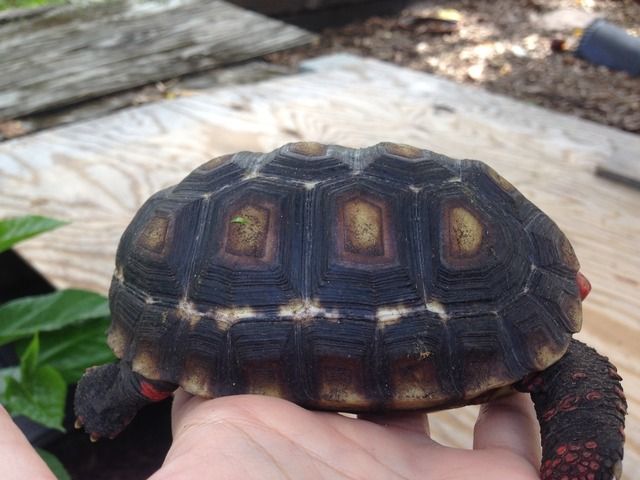
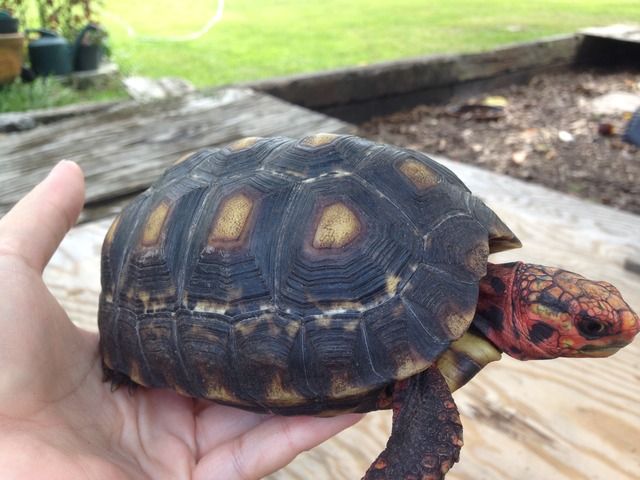
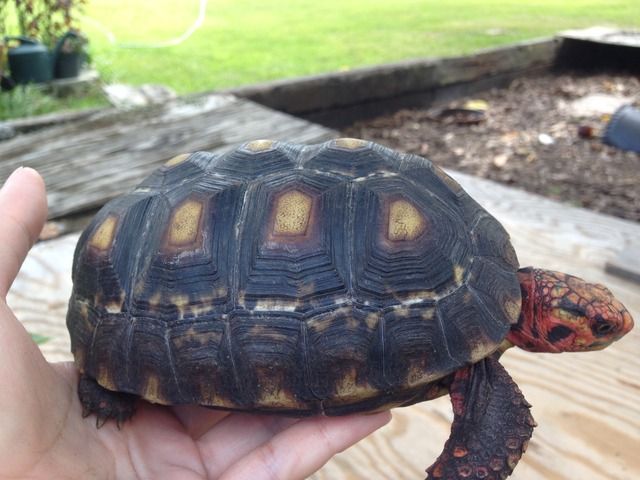
2015 hatchlings, kept them in the same one month in incubator and then plastic controlled conditions for about 5-6 months. Result: even slighter pyramiding but still noticeable.
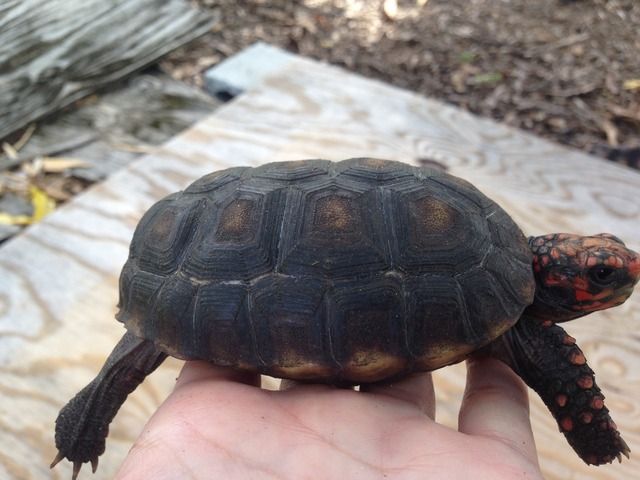
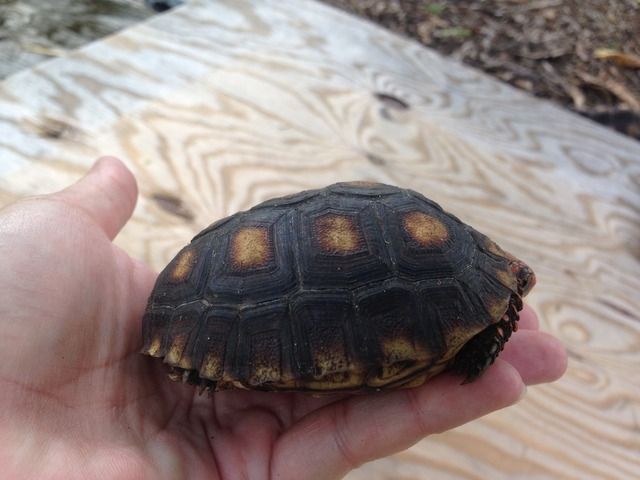
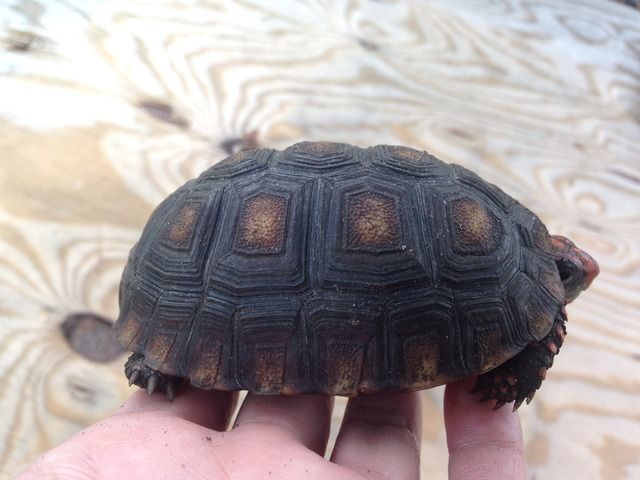
This years hatchlings, I kept in the incubator until the egg sac was absorbed, then controlled conditions for a month and then outside in the florida weather. The spring weather varies from 80-82F daytime and 74F-ish at night. Summer varies from 90F+ in daytime to 78-79F at night. Same diet. Humidity is higher outside at about 87%. I think that temperature fluctuation made a difference.
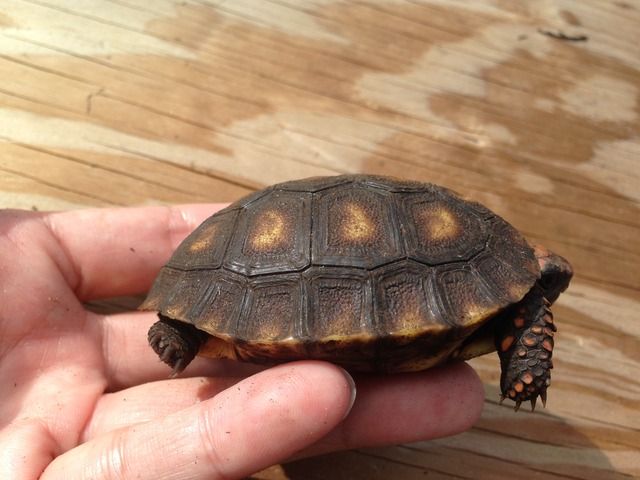

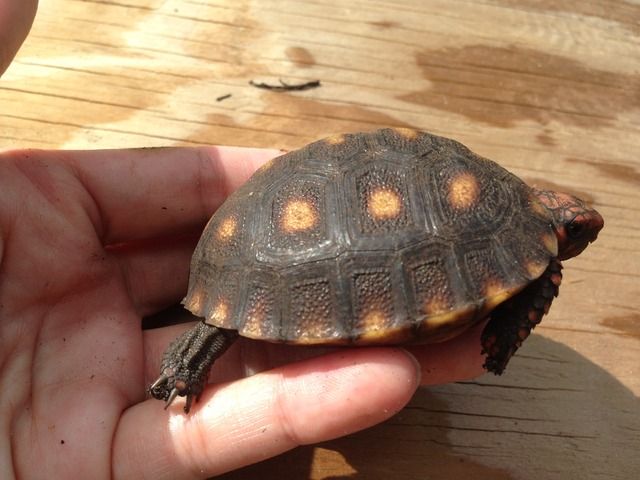
Here are pic of my outside pens. The yearlings and hatchlings have plywood on both ends to act as shade. Underneath the plywood are additional hides, half plastic pots, logs, CBS blocks. Sorry for the **** quality of the pics, but the mosquitos were biting! As you can see I let the grass, the hibiscus and whatever grows keep on growing. Husband will go in with a weed whacker in the adult pen when needed, I simply rip out patches in the smaller pens.
Adult cover:

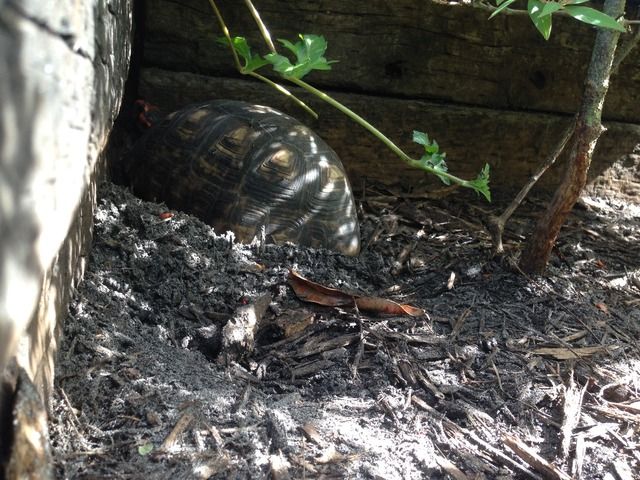
Babies/sub pens:
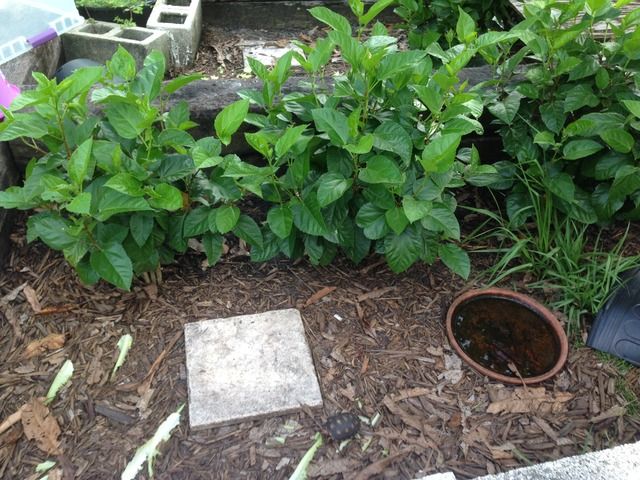

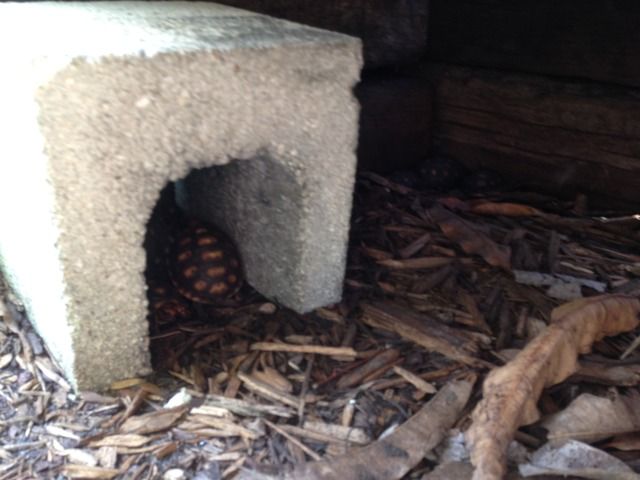
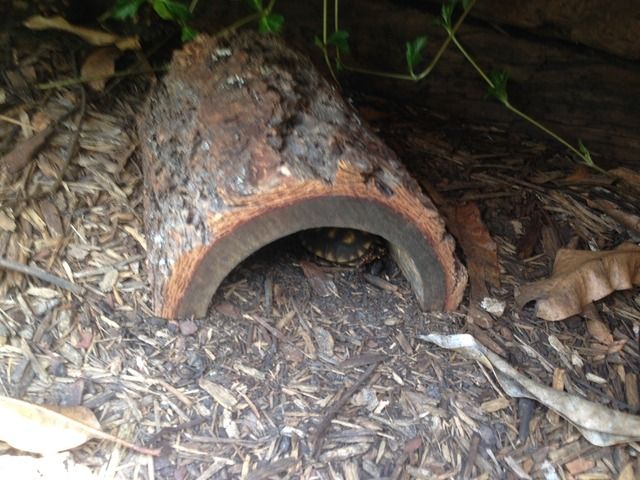
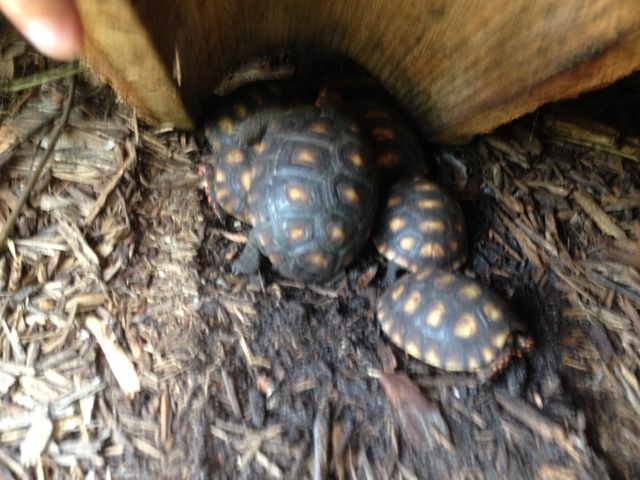
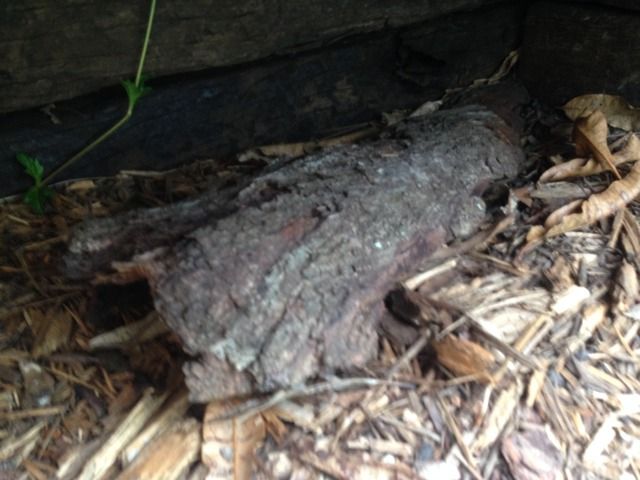
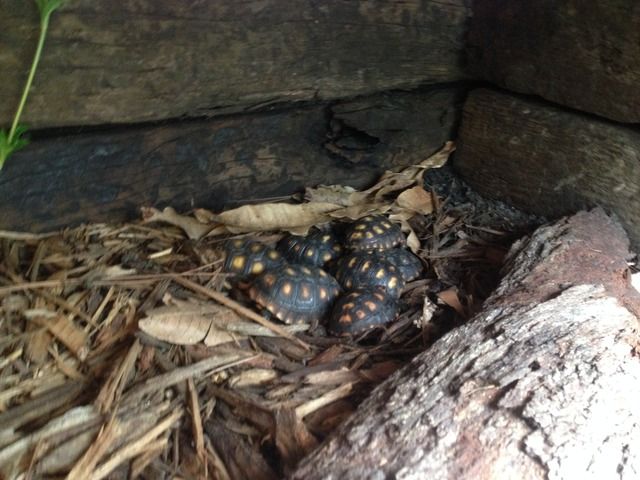
So in conclusion, we will see how this year's hatchling grow and if they develop pyramiding or if I have found a way that works for me and my area of the world. This is why one way does not fit all. We all live in different parts of the world with different weather/temps/humidity, etc., I just wanted to share what appears to be working for me. I hope this will open up a meaningful discussion.



2015 hatchlings, kept them in the same one month in incubator and then plastic controlled conditions for about 5-6 months. Result: even slighter pyramiding but still noticeable.



This years hatchlings, I kept in the incubator until the egg sac was absorbed, then controlled conditions for a month and then outside in the florida weather. The spring weather varies from 80-82F daytime and 74F-ish at night. Summer varies from 90F+ in daytime to 78-79F at night. Same diet. Humidity is higher outside at about 87%. I think that temperature fluctuation made a difference.



Here are pic of my outside pens. The yearlings and hatchlings have plywood on both ends to act as shade. Underneath the plywood are additional hides, half plastic pots, logs, CBS blocks. Sorry for the **** quality of the pics, but the mosquitos were biting! As you can see I let the grass, the hibiscus and whatever grows keep on growing. Husband will go in with a weed whacker in the adult pen when needed, I simply rip out patches in the smaller pens.
Adult cover:


Babies/sub pens:







So in conclusion, we will see how this year's hatchling grow and if they develop pyramiding or if I have found a way that works for me and my area of the world. This is why one way does not fit all. We all live in different parts of the world with different weather/temps/humidity, etc., I just wanted to share what appears to be working for me. I hope this will open up a meaningful discussion.